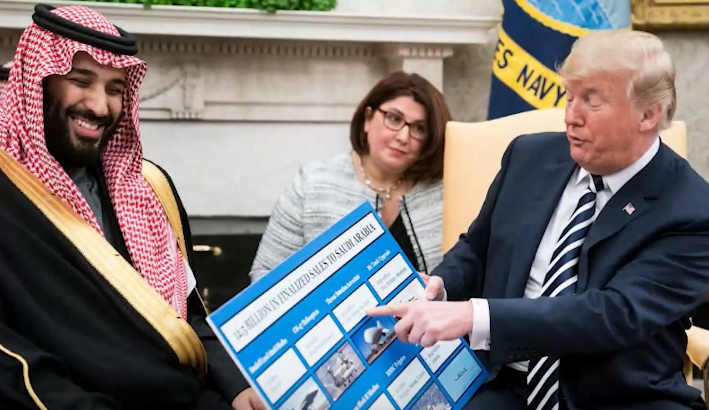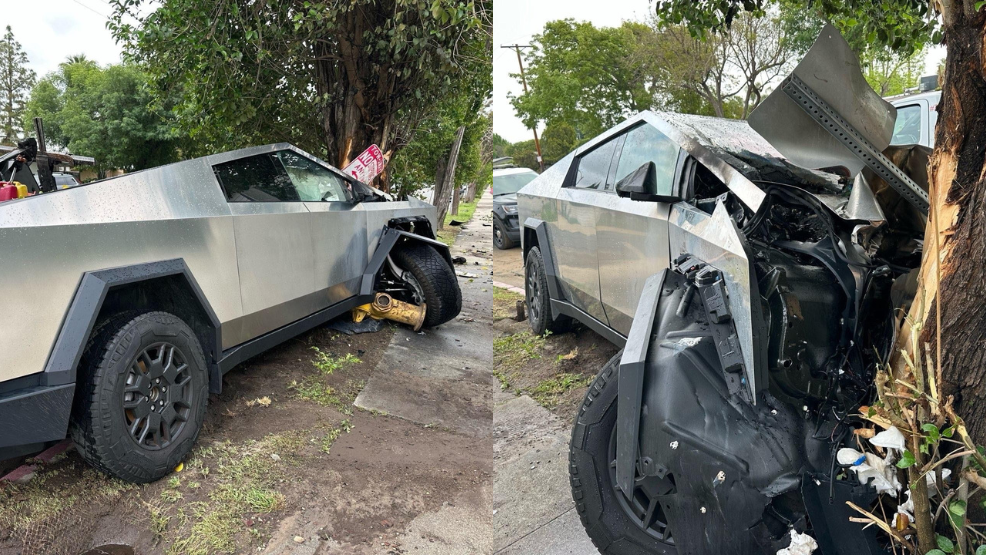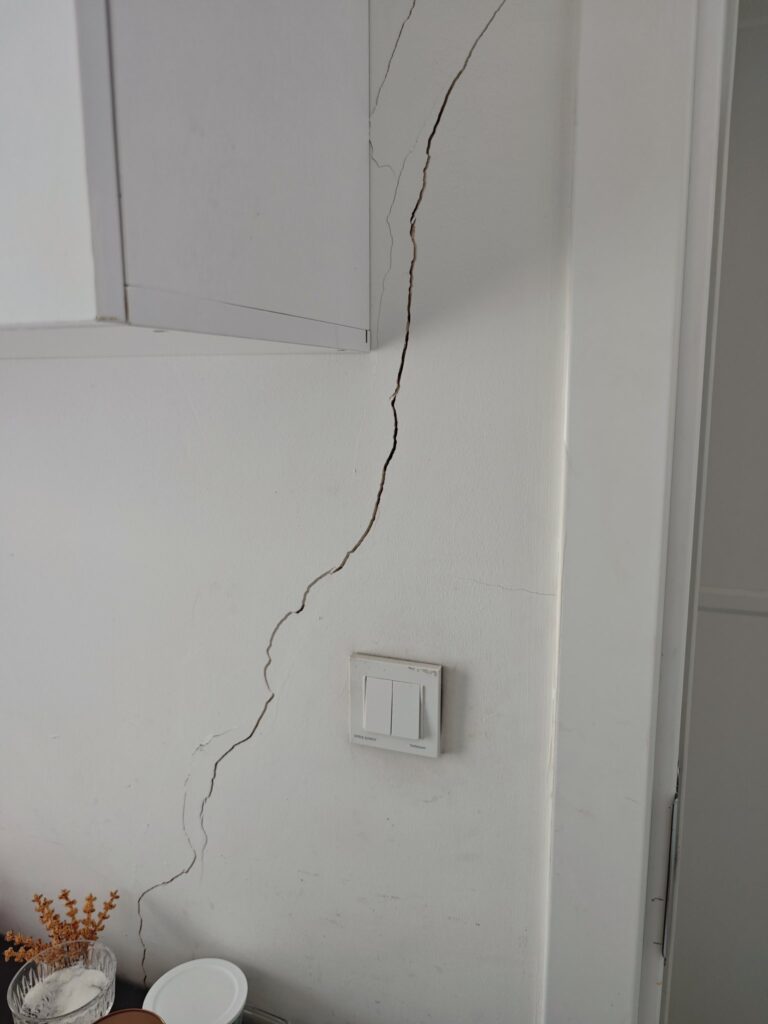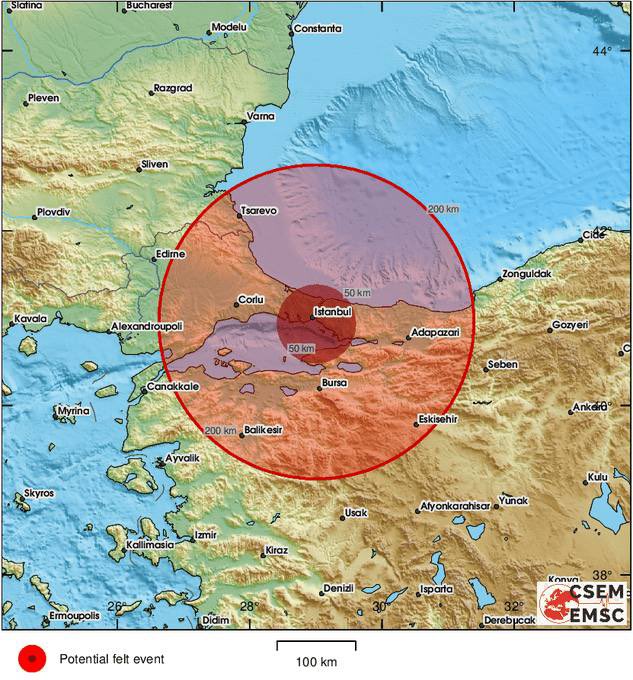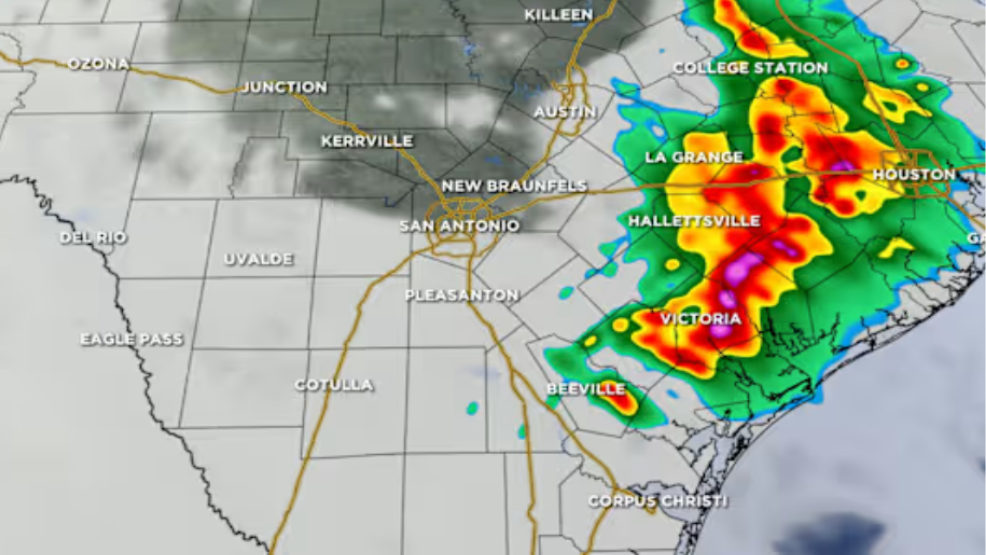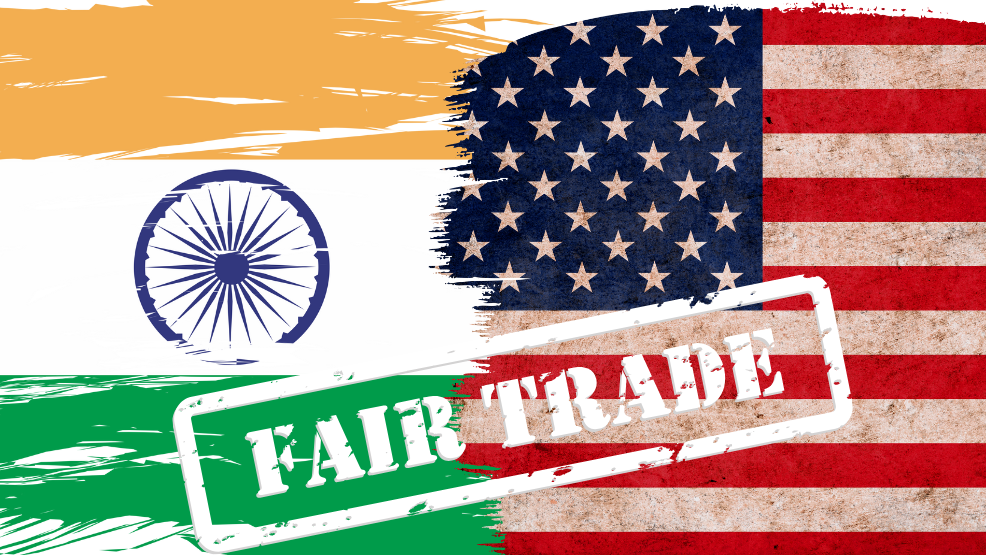the 2025 NFL Mock Draft Predictions isn’t just another guessing game—it’s an all-out chess match with unprecedented unpredictability. With quarterback talent flooding the first round and teams scrambling to balance need with potential, this year’s draft is poised to upend every assumption.
What makes the 2025 class so tantalizing? The top-heavy quarterback pool, headlined by names like Carson Beck, Shedeur Sanders, and Jalen Milroe, is drawing heated debates. Some insiders claim Sanders has “the highest ceiling,” while others point to Beck’s composure and system-readiness as more NFL-proof. Then there’s a rogue faction whispering about defensive end Jared Verse potentially cracking the Top 3—shocking, right?
Meanwhile, ESPN’s latest insider draft intel hints at more movement within the top ten than we’ve seen since 2018. Multiple teams, including the New England Patriots and Washington Commanders, are reportedly exploring trade-ups. And let’s not forget the Chicago Bears, sitting pretty with two first-rounders, widely considered the team with the most flexibility—and pressure.
Across the media landscape, from The Athletic to Sports Illustrated, there’s one consensus: expect chaos. The unpredictability of the quarterback rankings alone could trigger a ripple effect impacting 20+ picks.
Let’s dig deeper into why this year’s draft is less about who gets picked and more about how far franchises are willing to bet their future on potential.
Why This Draft Class Feels Like a Gamble
Every NFL Draft carries a bit of risk, but the 2025 NFL Draft feels like a high-stakes poker game. Why? This class is incredibly deep in certain positions but oddly shallow in others. While there’s a buffet of quarterbacks, edge rushers, and wide receivers, the offensive line talent drops off after the top five. That imbalance forces teams to either reach or trade.
Unlike 2024, where prospects like Caleb Williams and Marvin Harrison Jr. were seen as plug-and-play stars, the 2025 class is layered with “maybes” and “what-ifs.” For example, many scouts are still split on Jalen Milroe—his athleticism is off the charts, but questions linger about his processing speed under pressure.
Additionally, there’s the NIL (Name, Image, Likeness) effect. Several top-tier underclassmen delayed draft entry, preferring lucrative college endorsement deals. That decision reshaped the board, pushing fringe second-rounders into late first-round conversations. So, when you see a player projected at #22 that no one was talking about in September, that’s not a fluke—it’s the new draft reality.
Quarterback Carousel: Who Goes First?
Quarterback debates are the lifeblood of any draft season, and in 2025, it’s a full-blown carousel. Shedeur Sanders, son of Coach Prime himself, is not just a name—he’s a brand. But is he QB1? Not everyone thinks so.
Carson Beck, Georgia’s gunslinger, has poise, footwork, and a rocket arm. NFL scouts love his maturity and system fluency. He’s seen as the “safest” QB pick—code for less ceiling, more floor.
Then there’s Jalen Milroe, who has drawn Lamar Jackson comparisons. His deep-ball touch and rushing ability can flip a game in seconds. The question is: do teams want a polished passer or an electrifying playmaker?
According to ESPN’s Field Yates, several franchises are “in love” with Milroe’s upside. Meanwhile, Mel Kiper Jr. insists Beck will go No. 1 “unless someone blows up the draft order with a trade.”
And yes, a trade might just happen.
Caleb Williams 2.0? Meet Shedeur Sanders
Make no mistake—Shedeur Sanders is the headline magnet of this draft. He’s flashy, fearless, and unfiltered. But don’t let the media circus fool you; this kid can ball.
Throwing for over 4,200 yards with 38 touchdowns last season, Sanders thrives in high-pressure moments. His release is quick, his reads are advanced, and he’s clutch in fourth quarters. More importantly, his off-field charisma mirrors that of past No. 1 picks like Joe Burrow and Baker Mayfield.
Yet, he’s polarizing. Critics argue his pocket mechanics are inconsistent and that he’s too reliant on broken plays. Scouts from The Athletic noted his footwork often breaks down under duress—something NFL defenses will exploit quickly.
Still, if Sanders lands with a coach willing to tailor the offense to his strengths, don’t be surprised if he becomes a face of the league within three years.
Sleeper QBs You’re Ignoring (But Shouldn’t)
While the media’s locked on Beck, Milroe, and Sanders, several under-the-radar quarterbacks are quietly climbing.
Cam Ward from Washington State is one of them. With elite velocity and improvisation skills, he’s drawing Patrick Mahomes-lite buzz. Then there’s Michael Pratt from Tulane—less flashy, but as smart and efficient as they come. He could be a steal for a team picking in the late 20s.
And keep an eye on Tyler Van Dyke. After transferring and finally landing in a scheme that fits, his pro day numbers turned heads.
In a year where half the league is QB-needy, don’t be surprised if these names make serious waves come draft night.
Team Needs vs. Best Available: Who Wins?
This draft pits two drafting philosophies head-to-head: do you fill a glaring hole or grab the most talented player on the board?
Take the Giants for example. They need a quarterback. Period. But what if a generational wide receiver like Keon Coleman is still available? Do you pass on elite talent because you’re desperate?
History says that strategy rarely works. Remember the Raiders taking Clelin Ferrell over Josh Allen (the pass rusher)? Yeah, GMs don’t forget either.
Expect the top 10 to see some franchises gamble on upside rather than need. Teams with new head coaches or GMs will especially lean toward making a splash pick.
Top Risers: Players Who Exploded Up Draft Boards
Every draft season has its risers, but this year’s crop feels like a rocket launch. Consider:
- Keon Coleman (WR, Florida State) – His route running and catch radius vaulted him from late first to potential Top 10.
- Dallas Turner (EDGE, Alabama) – A freak athlete who turned heads at the combine with a 4.42 40-yard dash at 250 lbs.
- Troy Fautanu (OL, Washington) – Once seen as a second-round guard, he’s now a first-round tackle in multiple mocks.
These risers aren’t just flavor-of-the-month hype. They’ve proven through consistent tape and measurable improvements that they belong.
Surprise Fallers: Once-Top Prospects Now in Free Fall
Every draft season has its heartbreak stories—players who were once top-five locks, now scrambling to stay in the first round. The 2025 NFL Mock Draft is no different.
Take J.T. Tuimoloau (EDGE, Ohio State). Just months ago, he was considered a top-10 pick. But concerns about his motor and lack of production in big games have caused his stock to plummet. Despite elite measurables, scouts now see him as more “potential” than proven.
Another name losing ground? Leonard Taylor III (DL, Miami). Once hyped for his quick first step and backfield disruption, his inconsistent tape and injury history have scared teams off. One NFC exec told The Athletic, “He’s got top-five tools but a Day 2 resume.”
And surprisingly, Kool-Aid McKinstry (CB, Alabama)—while still projected in the first round—has slid from the top 10 due to a lack of elite speed. His 40-yard dash time didn’t wow anyone, and in a pass-happy NFL, corners need wheels.
These fallers are still talented. But in a draft driven by immediate impact and upside, they’re paying the price for late-season stagnation and shaky workouts.
Who’s Trading Up (And Why)?
The 2025 NFL Draft is shaping up to be a trade bonanza. The board is volatile, QB-hungry teams are lurking, and everyone wants control of the top five. Here are the franchises most likely to make a move:
New England Patriots – With a full rebuild underway and no long-term QB on the roster, the Pats are expected to aggressively move up from #7. ESPN reports that the front office “won’t hesitate” to package future picks for a QB.
Washington Commanders – Sitting just outside the top three, Washington needs to leapfrog the competition if they want a franchise passer. Look for them to be in play for Jalen Milroe or Carson Beck.
Las Vegas Raiders – They’re reportedly eyeing a top-5 jump to grab Shedeur Sanders. According to SI, their front office sees Sanders as “the face of Vegas football.”
Even the Chicago Bears, armed with multiple picks, could slide up a spot or two to ensure they get a blue-chip offensive lineman or wideout to support their new quarterback.
Mock Trade Scenarios That Could Shake Everything Up
Let’s go full armchair GM. Here are some hypothetical, but very possible, trades that could detonate the first round:
- Patriots trade #7, 2026 1st-rounder to Cardinals for #3
Result: New England gets Carson Beck; Cardinals slide back and still grab WR Keon Coleman.
- Commanders trade #5 and a 2nd-rounder to Bears for #2
Result: Washington leapfrogs for Jalen Milroe; Bears double-dip on offensive weapons later.
- Raiders send #11, a future first, and Darren Waller to Chargers for #4
Result: Vegas selects Shedeur Sanders. AFC West gets wild.
These trades may sound bold, but remember—so did the Chiefs jumping 17 spots for Mahomes.
Chicago Bears’ Blueprint for Dominance
Few teams enter the 2025 NFL Draft with more leverage—or more pressure—than the Chicago Bears. Thanks to trades and smart roster management, they hold multiple first-round picks and a golden opportunity to finally, finally, build around a young quarterback.
Here’s what an ideal Bears draft looks like:
- Pick 2: Draft a franchise QB (likely Beck or Milroe)
- Pick 14: Select a top WR or OL to support the rookie QB
- Day 2: Focus on defensive depth and cornerback help
The Bears are tired of rebuilding. With a young core on defense and a new offensive identity brewing, this draft could be the tipping point from mediocrity to contender status.
New York Giants: QB or Bust?
The Giants are at a crossroads. After years of mediocrity and one playoff win, they’ve finally acknowledged that Daniel Jones isn’t it.
Holding a pick inside the top 10, New York is expected to draft a quarterback or suffer the wrath of its fanbase (again). If Shedeur Sanders or Milroe is on the board, they won’t hesitate.
But what if they’re gone?
Sources say Big Blue is seriously considering WR Keon Coleman or OT Joe Alt—if they can pair that with a veteran QB acquisition (like Kirk Cousins). It’s risky. But given how bad their offensive line and receiver corps were in 2024, it might make sense.
Still, make no mistake: skipping a quarterback again would be a controversial call that could define—or doom—the regime.
Patriots Rebuild 2.0 Begins Now
Welcome to the post-Belichick era in Foxborough.
For the first time in decades, the New England Patriots are entering a draft with total uncertainty. No identity, no quarterback, no clear leader. But what they do have? Draft capital and an aggressive new GM.
Expect New England to:
- Trade up aggressively for a QB
- Draft a modern offensive weapon (think WR or hybrid TE)
- Target speed and explosiveness, something they lacked in 2024
Patriots insiders told ESPN the new leadership is “obsessed” with explosive plays—a massive pivot from the conservative Belichick era.
The AFC East is stacked, and the Pats know it. This draft isn’t just about adding talent. It’s about starting a new legacy.
The 2025 NFL Mock Draft is more than just a battle for the next big quarterback or elite pass rusher—it’s a referendum on how the modern NFL team is built. With high-risk, high-reward picks, aggressive trade-ups, and a shocking number of “sure things” falling down the board, this draft is shaping up to be one of the most chaotic, divisive, and entertaining in recent memory.
We’ve seen how NIL deals have shifted timelines, how quarterback hype can make or break a team’s future, and how calculated trades might lead to Super Bowl glory—or long-term regret.
Whether it’s the Patriots starting fresh, the Bears poised for dominance, or Shedeur Sanders becoming a household name, one thing’s for sure: 2025 is the draft that changes everything.
FAQs About the 2025 NFL Mock Draft
Who is projected to go first in the 2025 NFL Draft?
Most analysts lean toward Carson Beck or Jalen Milroe, but don’t count out Shedeur Sanders depending on team needs and trades.
Which team has the most 2025 NFL Mock Draft capital ?
The Chicago Bears have multiple first-round picks and are in a prime position to dominate the draft.
Are there any big trade rumors?
Yes, the Patriots, Commanders, and Raiders are all reportedly exploring aggressive moves into the top five.
Will running backs go in the first round?
Unlikely—but there are whispers about one slipping into the late 20s based on team scheme fits.
Which wide receiver is rising the fastest?
Keon Coleman is generating serious Top 10 buzz due to his size, hands, and red-zone production.
Is this a good draft for offensive linemen?
The top 4–5 are elite, but depth is a concern. Expect a run on O-linemen early.
✅ Suggestions for Internal Links:
Outbound:
